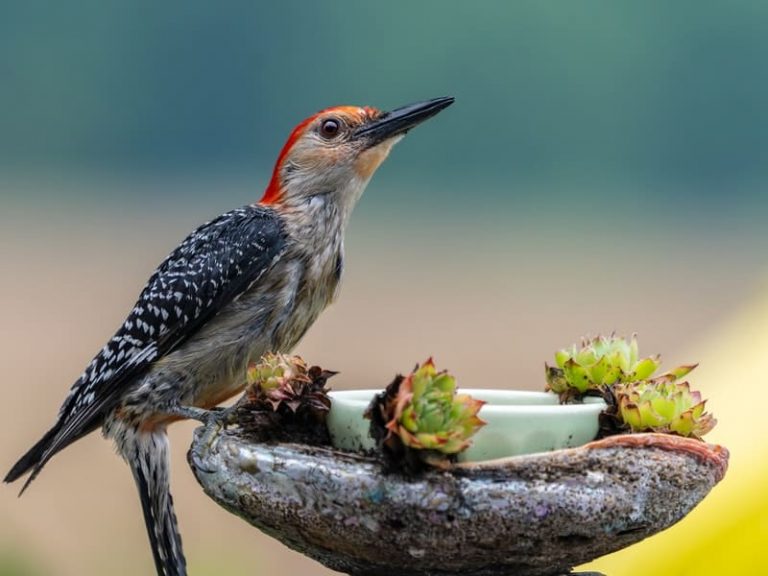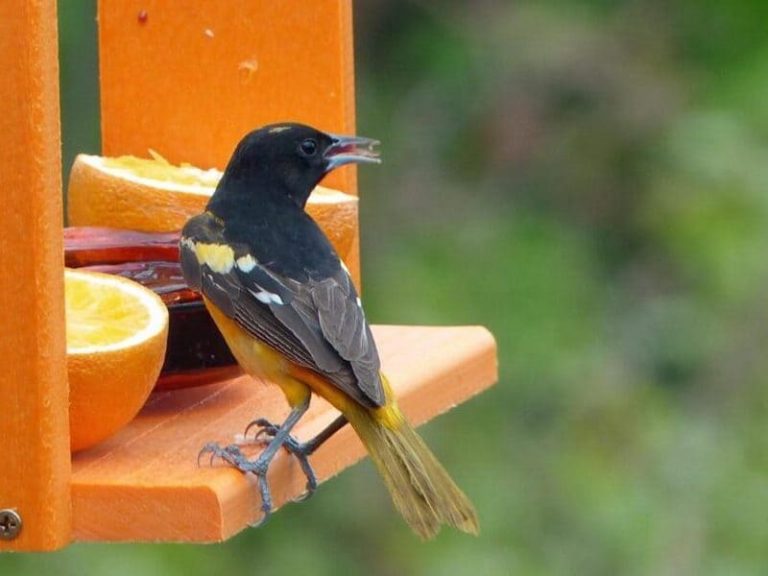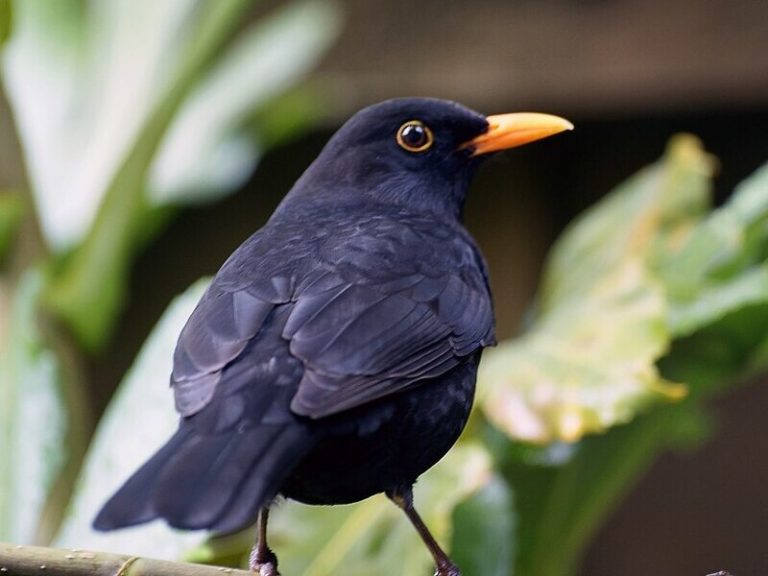What Birds Eat Cicadas?

Just as we take care of our daily food, birds do too. It’s true. Birds do take care of their diet by eating things that are full of proteins and amazing nutrients. One of the most nutritious items on the menu of a bird is Cicadas.
Cicadas are a type of insect that is known for its ability to make a loud, high-pitched noise. Although they are found in many parts of the world, they are most common in tropical and subtropical regions.
In fact, studies have shown that birds will preferentially eat cicadas over other food sources during peak emergence periods. There are several reasons for this.
- First of all, cicadas are relatively large and nutritious, providing a good source of energy for birds.
- Additionally, the loud mating calls of cicadas can make them easy for birds to locate.
- Finally, during peak emergence periods, there can be an abundance of cicadas, making them a reliable food source for birds.
For these reasons, cicadas play an important role in the diet of many bird species. If you want to know what birds eat Cicadas then keep reading because in this article we’ll tell you what birds eat Cicadas and some most frequently asked questions about why birds particularly eat cicadas.
19 Birds That Eat Cicadas
Cicadas are a favorite food of many different kinds of birds, including shrikes, cuckoos, firelocks, and blue jays. In fact, some birds will even follow the sound of cicadas in order to find them.
1. Woodpeckers

When most people think of woodpeckers, they picture these birds pecking away at trees in search of insects.
However, not all woodpeckers are tree dwellers, some, like the yellow-bellied sapsucker, live in open areas such as fields and meadows. One of the most popular insect snacks for woodpeckers is the cicada.
Cicadas are large, winged insects that make a loud buzzing noise. They spend most of their lives underground, emerging only for a few weeks or months at a time to mate.
When cicadas are plentiful, woodpeckers will feast on these insects day and night. Some scientists believe that the annual emergence of cicadas provides a much-needed boost of energy for these birds during their peak breeding season.
2. Chickadees
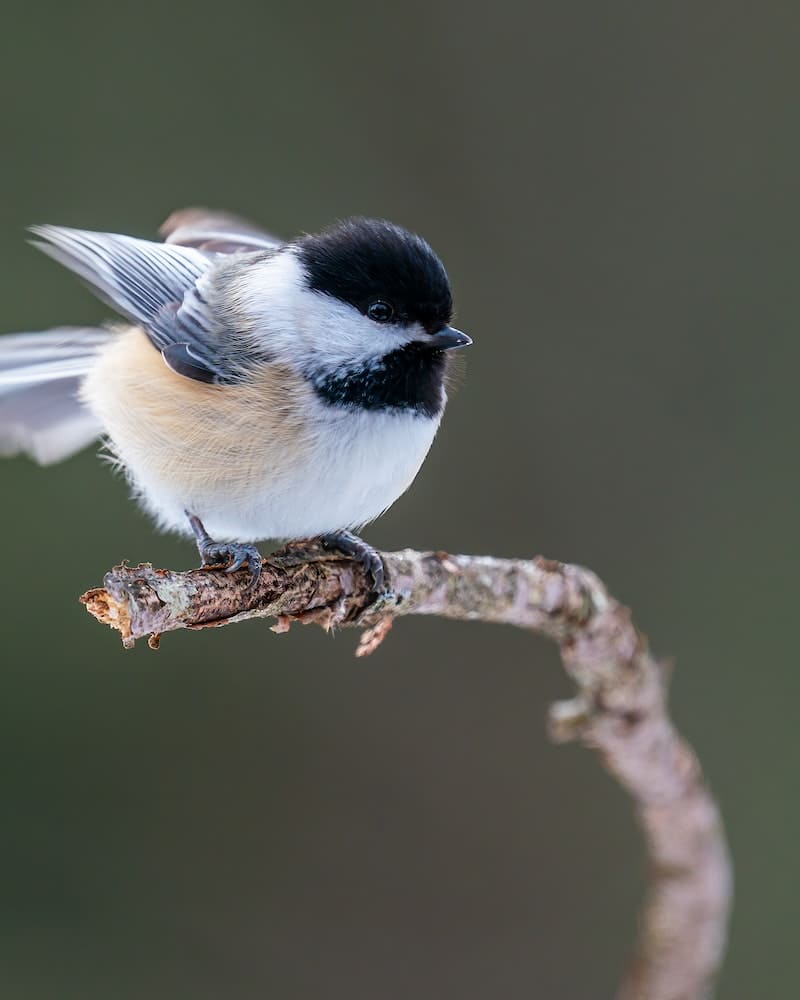
Chickadees are small, nonmigratory songbirds that are found in North America. They are insectivorous birds that eat a variety of insects, including moths, beetles, and caterpillars. However, one of their favorite foods is the cicada. Cicadas are large, flying insects that live underground for most of their lives.
When they emerge, they mate and then die. Chickadees will often follow cicadas until they find one that is about to emerge from its underground tunnel. They will then wait for the cicada to break through the soil before grabbing it and eating it. They will also eat other animals, such as lizards, snakes, and mice.
3. Cuckoos
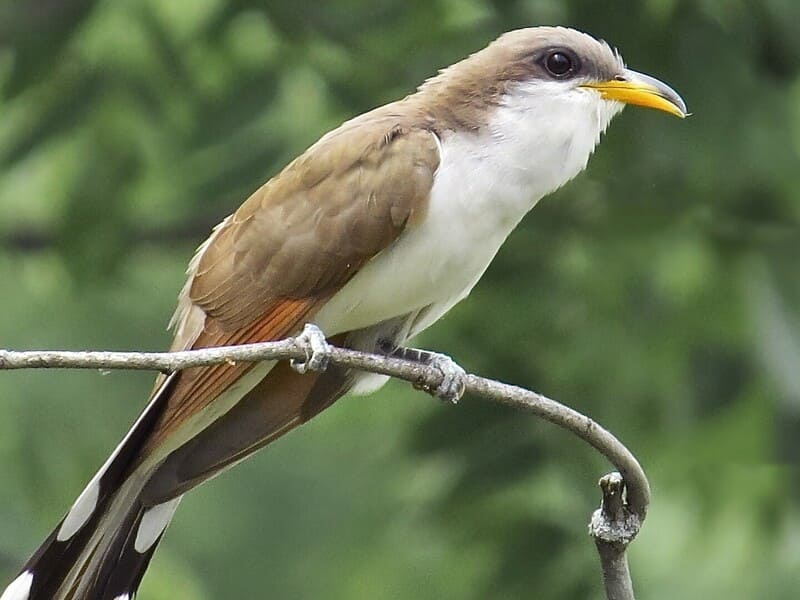
The cuckoo is a family of birds that includes some of the most proficient hunters of insects. In fact, many species of cuckoos specialize in preying upon cicadas.
These shy creatures spend most of their lives in trees, where they use their powerful beaks to strip away the bark and access the succulent flesh beneath.
Cicadas are not the only prey of cuckoos, but they do make up a significant portion of their diet. This specialized hunting strategy allows cuckoos to thrive in areas where other bird species struggle to find enough food.
4. Bluebirds
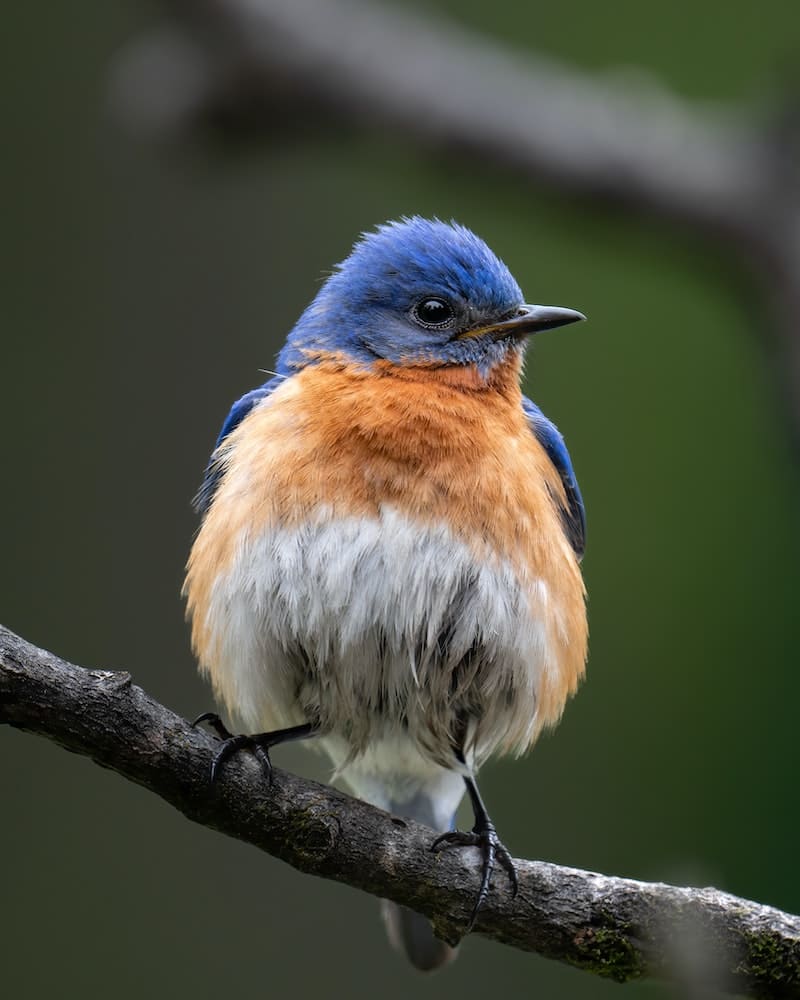
Bluebirds are a type of thrush that is native to North America. They are highly sought after by birders because of their beautiful blue plumage. Bluebirds are also known for their love of insects, and they will often eat cicadas.
Cicadas are large, winged insects that make a loud buzzing noise. They spend most of their life underground, emerging only every few years to mate. They are an important part of the diet of bluebirds, and they play an important role in the life cycle of this fascinating bird.
5. American Goldfinch
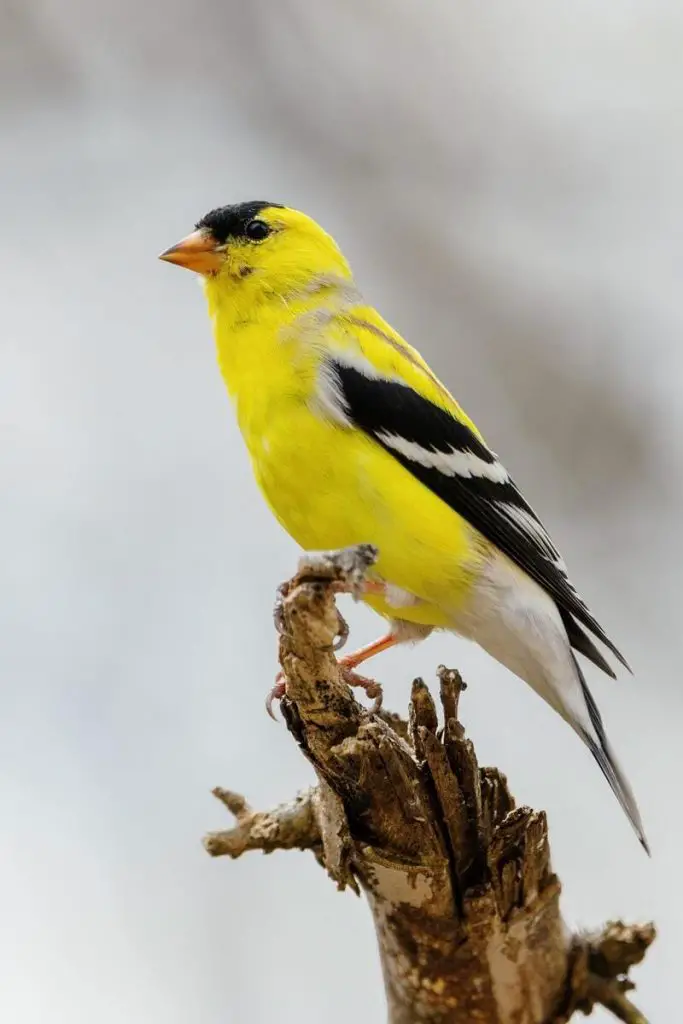
American Goldfinches are social creatures that often form large flocks, and they are known to be very active and playful. In the summertime, these birds can be found in open woodlands and fields, where they feed on a variety of seeds and insects. One of their favorite foods is the cicada, which they will often eat in great numbers.
American Goldfinches have sharp bills that allow them to easily puncture the hard shells of cicadas, and they will also often strip the wings off of their prey before eating them. While most birds avoid eating cicadas because of their loud noise, the American Goldfinch is not bothered by this and will gladly feast on these juicy insects.
6. Ravens

Ravens are one of the most intelligent bird species and are known to be opportunistic eaters. While they primarily subsist on a diet of small mammals, reptiles, birds, and carrion, they will also eat fruit, nuts, and other plant matter. In certain parts of the world, they are even known to eat fish. However, one of their favorite foods is cicadas.
Cicadas are a type of insect that spend most of their lives underground before emerging as adults to mate. When they first emerge, they are soft-bodied and vulnerable to predators.
This makes them an easy target for ravens, which can devour large numbers of them in a single sitting. In addition to being a tasty treat, cicadas also provide Ravens with a valuable source of protein and fat. As a result, it’s not surprising that Ravens love to eat them.
7. Blue Jay

Cicadas are a type of insect that many people find to be nuisance. However, these insects are actually a favourite food of blue jays. There are several reasons why blue jays love to eat cicadas.
- For one, cicadas are a high-protein food source that is perfect for fuelling the birds’ active lifestyle.
- In addition, cicadas are relatively large compared to other insects, making them an easy target for blue jays.
- Cicadas are also abundant in the summer months, providing a steady supply of food for the birds during this time of year.
As a result, it is not surprising that blue jays have developed a taste for these noisy insects.
Recommended Reading: Symbology and Spiritual Meaning of Blue Jay Feathers
8. Wrens
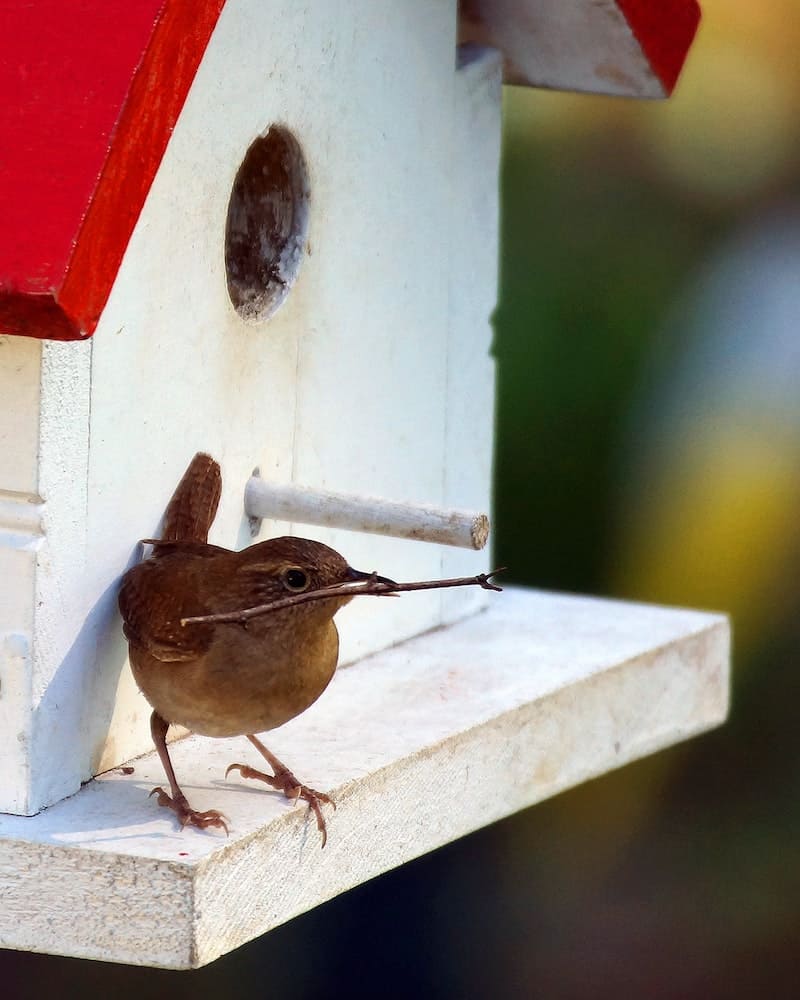
Cicadas are a favorite food of wrens, and there are several reasons for this.
- First of all, cicadas are large and nutritious, providing a good source of energy for the birds.
- Additionally, the tough exoskeleton of the cicadas makes them difficult for other predators to eat, meaning that the wrens can have them all to themselves.
- Finally, cicadas are relatively easy to catch, as they often sit motionless on tree branches in order to avoid being detected.
This makes them an ideal target for the agile and quick-thinking wrens. In sum, cicadas make an ideal food source for wrens due to their size, nutritional value, and ease of capture.
9. Northern Cardinal

For many animals, cicadas are an important source of food. One such animal is the Northern Cardinal. Cardinals are attracted to the sound of cicadas, and will often eat them right out of the tree.
Cicadas are rich in protein, which helps Cardinals to grow and maintain their plumage. In addition, Cardinals use cicadas to teach their young about different types of prey.
10. Sparrows

Sparrows are small, seed-eating birds that are found in a variety of habitats throughout the world. While the diet of sparrows can vary depending on the region, a number of studies have shown that sparrows do eat cicadas.
In fact, one study found that cicadas made up a significant portion of the diet of sparrows in the eastern United States during the summer months.While Cicadas are not considered to be pests, their loud mating calls can be quite annoying to humans. However, it appears that sparrows find them to be quite tasty.
11. Falcons

Falcons eat just about anything they can catch. Falcons are opportunistic predators and will take whatever prey is most readily available. This means that their diet can vary depending on the time of year and location. In addition to cicadas, Falcons have been known to eat small mammals, reptiles, birds, and even fish.
However, they typically prefer to hunt smaller prey, such as rodents and birds. While cicadas may not be their preferred food source, Falcons will certainly consume them when the opportunity arises.
12. Hawks
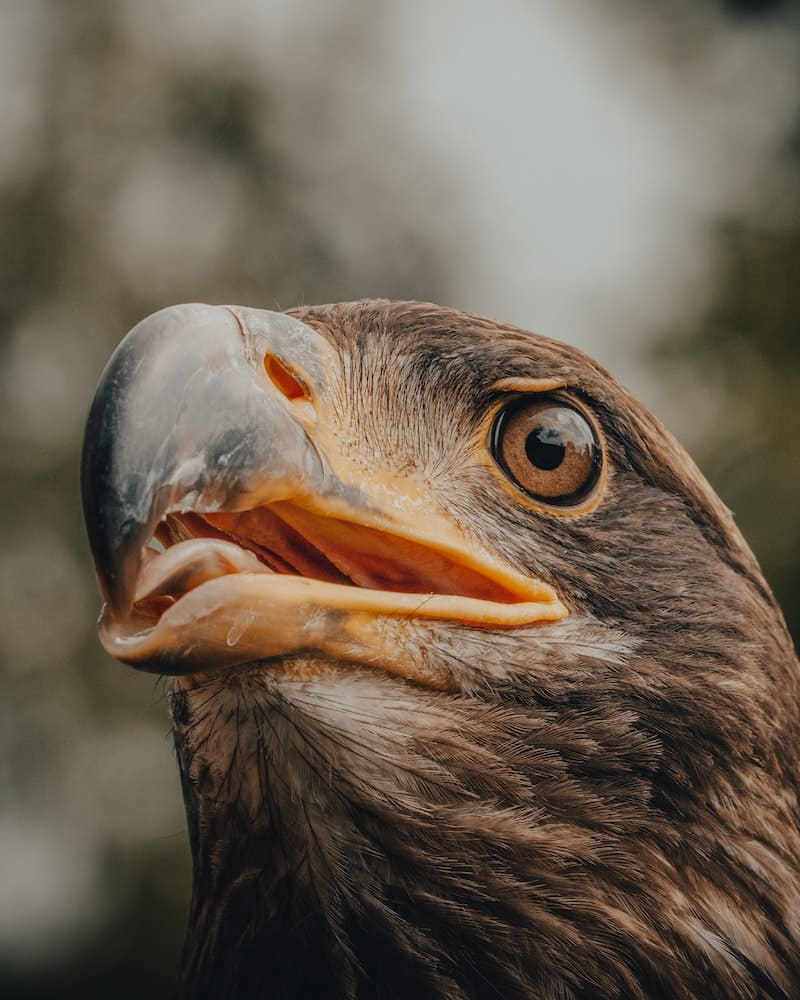
Hawks are predators that typically eat small mammals, reptiles, and birds. However, they will also consume other items, such as insects, if they are available. Cicadas are a type of insect that Hawks have been known to eat. Cicadas typically emerge from the ground after spending several years feeding on tree roots.
This makes them easy prey for Hawks, which can help to control the cicada population. While not all Hawks will eat cicadas, those that do can play an important role in keeping the population in check.
13. Crows
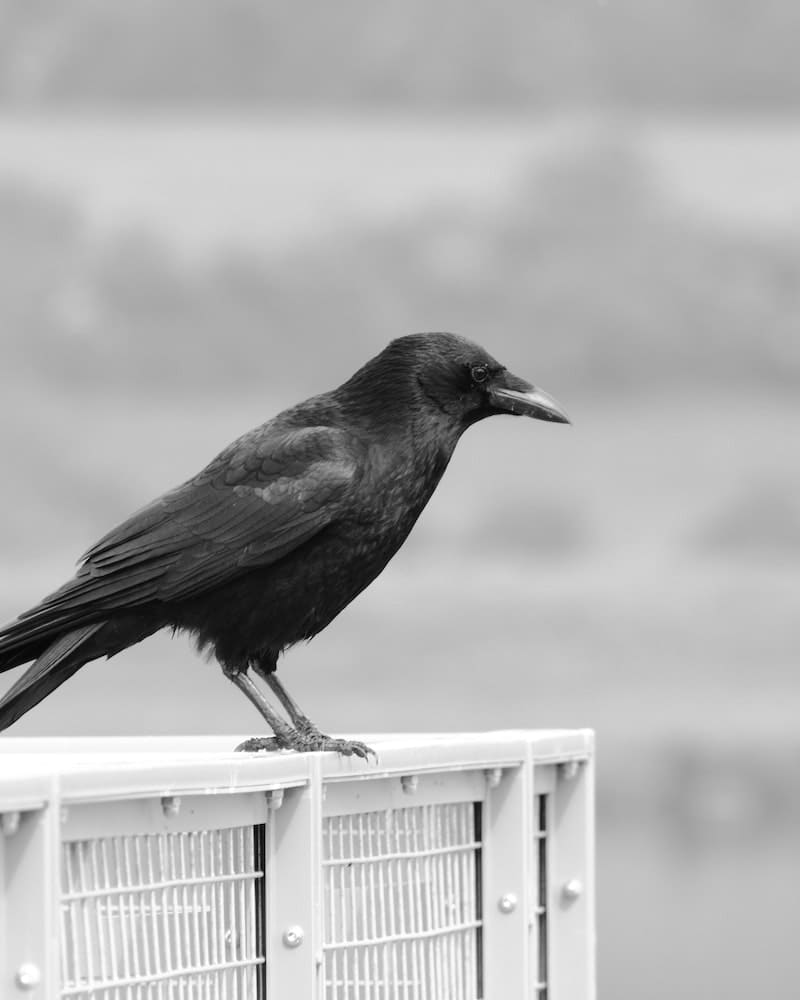
There are over 40 species of crows worldwide, and they have a variety of diets that include fruits, insects, carrion, and small animals. While the majority of their diet is made up of invertebrates, they are known to eat vertebrates on occasion.
These birds typically eat a diet that consists mostly of insects, such as grasshoppers, beetles, and caterpillars.
However, they have also been known to eat vertebrates, such as lizards, snakes, mice, and even other birds.
Cicadas (Hemiptera: Cicadidae) are a type of insect that is often found on the menu for crows. While cicadas only make up a small part of their diet, crows will gladly take advantage of a large swarm of these insects.
14. Robins
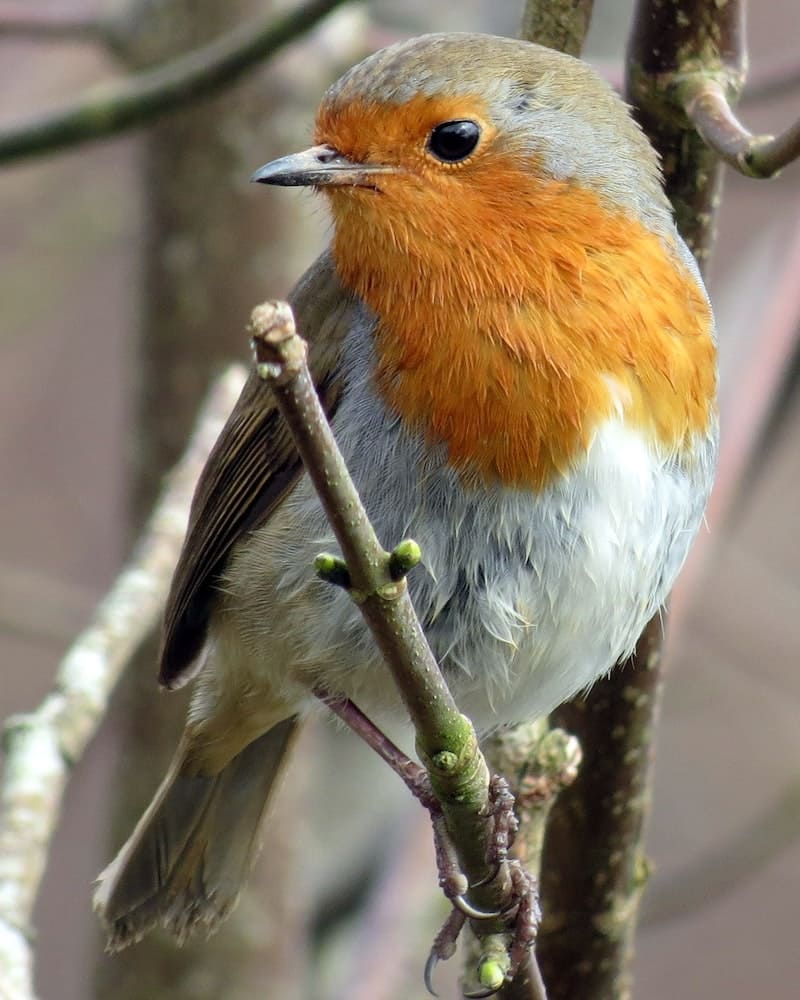
Robins are voracious eaters and will consume almost anything that they think edible. This includes a wide variety of insects, earthworms, berries, and even small lizards or frogs.
Cicadas are no exception to this rule, and robins will readily feast on these large insects. In fact, a single robin can consume up to six cicadas per day.
While robins typically eat smaller prey items whole, they will often tear cicadas into smaller pieces before consuming them.
This helps the bird to digest the hard exoskeleton of the insect more easily. Given the abundance of cicadas in many areas, it is no surprise that these creatures form an important part of the robin’s diet.
15. Jays
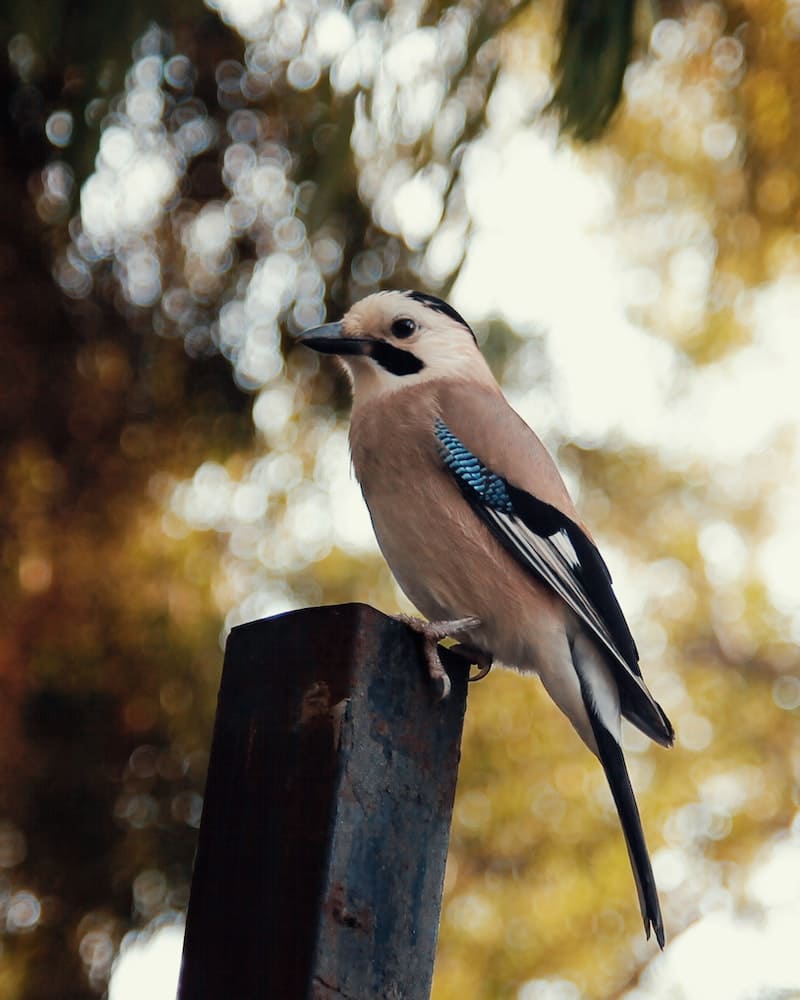
Jays usually eat whatever food is available. This includes small mammals, reptiles, insects, fruits, and nuts. While cicadas may not be a preferred food source for jays, they will eat them if they are available.
Cicadas are large insects, and they provide a good source of protein for jays.So, it is not uncommon for jays to include cicadas in their diet.
16. Owls

Owls love to eat cicadas. Cicadas are one of the favorite foods of many owl species, including the barn owl and the tawny owl.
When hunting for cicadas, owls use their sharp eyesight and hearing to locate their prey. Once they have found a cicada, they will use their sharp talons to kill it before devouring it whole.
While most owls prefer to hunt at night, some species, such as the burrowing owl, are active during the day and will also take advantage of any opportunity to snag a juicy cicada.
So, if you’re ever out in the woods and spot an owl perched atop a tree, there’s a good chance that it’s looking for its next meal.
17. Warblers
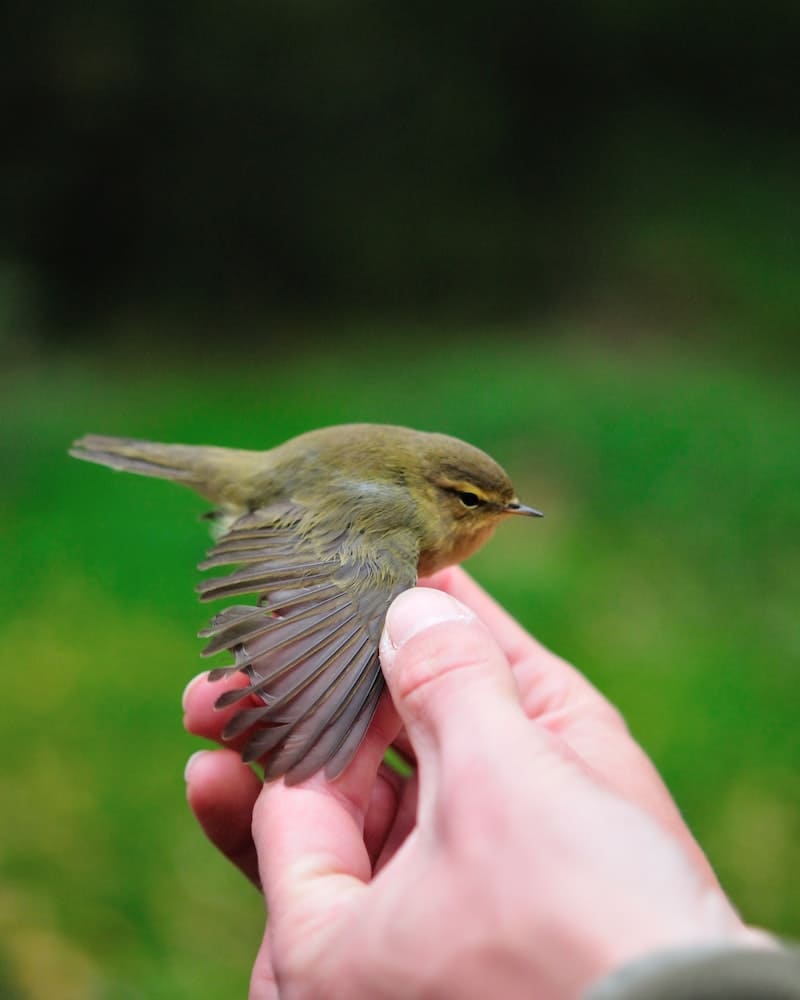
Warblers are a type of small songbird that are found in many different parts of the world. It is not known for sure if warblers eat cicadas, but it is thought that they might.
Warblers have been known to eat other types of large insects, so it is possible that they could eat cicadas as well. Warblers do eat cicadas but it is likely that they only do so occasionally.
18. Tufted Titmouse

Tufted Titmice are mostly gray in color, with a white breast and a distinctive tuft of feathers on their head. These birds are mostly insectivorous, meaning that they primarily eat insects.
Cicadas are a type of insect that Tufted Titmice will sometimes eat. While Adult cicadas don’t provide much nutrition, the larvae are a good source of protein for Tufted Titmice.
19. Gray Catbird

In the summer months, cicadas are a favored food of gray catbirds. Cicadas are large insects that spend most of their lives underground before emerging as adults to mate.
They are relatively easy for gray catbirds to catch, and they provide a good source of protein. Additionally, cicadas are abundant during the summer months, which makes them an ideal food source for these birds.
Frequently Asked Questions
Let’s discuss some frequently asked questions about birds that eat cicadas and why cicas is so popular among birds when it comes to favorite foods.
There are a few different bird species that feed on cicadas in Ohio. Some of these birds include the red-eyed vireo, yellow-throated warbler, and tufted titmouse.
Black-capped Chickadees, Blue jays, Carolina wrens, Baltimore orioles, Tufted Titmice, and White-breasted Nuthatches are the primary consumers of cicadas in Maryland.
Birds feed on Cicadas because they are an excellent source of protein. They also have a hard exoskeleton that is difficult to digest, which means that the majority of the nutrients within the cicada are available to the bird.
Cicadas have a few different predators, including birds, squirrels, and snakes. Some larger mammals such as raccoons and coyotes may also prey on them.
Many birds likely avoid cicadas due to their loud, shrill noise and their tendency to swarm in large numbers. Additionally, cicadas can be harmful to birds if they consume too many of them and the insects can contain toxins that can harm a bird’s digestive system. So sometimes birds are afraid of them.
Birds including raptors, owls, jays, warblers, gray catbird, hawks, tufted timouse, cuckoos, bee-eaters, herons, gulls, and rollers love to eat Cicadas.
Cicadas are a great source of proteins and essential nutrients which makes them a healthy choice of food for birds.
Conclusion
Cicadas are periodical and annual insects that are a major food source for many birds. We have listed 17 birds above, who love to eat Cicadas. So, if you’re planning to make one of teh aboev mentioned birds your pet, then we suggest you to find Cicadas as well because your birds will definitely like them.
Interesting articles:



